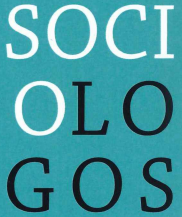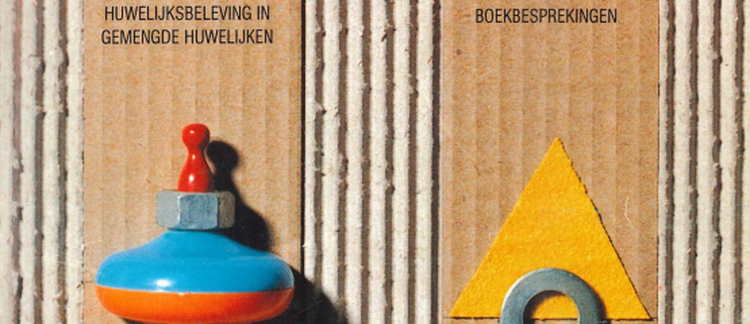Abstract
In their study of the 1991 Census, the team of social geographer Kesteloot has used the number of Turks and Moroccans, the number of single households and the number of blue collar workers as main indicators to distinguish disfavoured neighbourhoods. In this article theoretical and methodological objections are raised in response to this approach, in order to trace disfavoured neighbourhoods in the Region of Brussels Capital, an alternative method is put forward. This method allows to set up a ranking of disfavoured neighbourhoods. Disfavoured neighbourhoods often appear to be neighbourhoods with high concentration of immigrants, but this essentially because of the high correlation between concentration of immigrants and unemployment. There are, however, some interesting exceptions to this general pattern, While these remarkable exceptions risk to go unnoticed in the classical approach, they clearly come to the fore when using the alternative method.
How to Cite:
Jacobs, D. & Swyngedouw, M., (2000) “Een nieuwe blik op achtergestelde buurten in het Brussels Hoofdstedelijk Gewest”, Tijdschrift voor Sociologie 21(3), 197–227. doi: https://doi.org/10.21825/sociologos.86503
Downloads:
Download PDF
View
PDF


